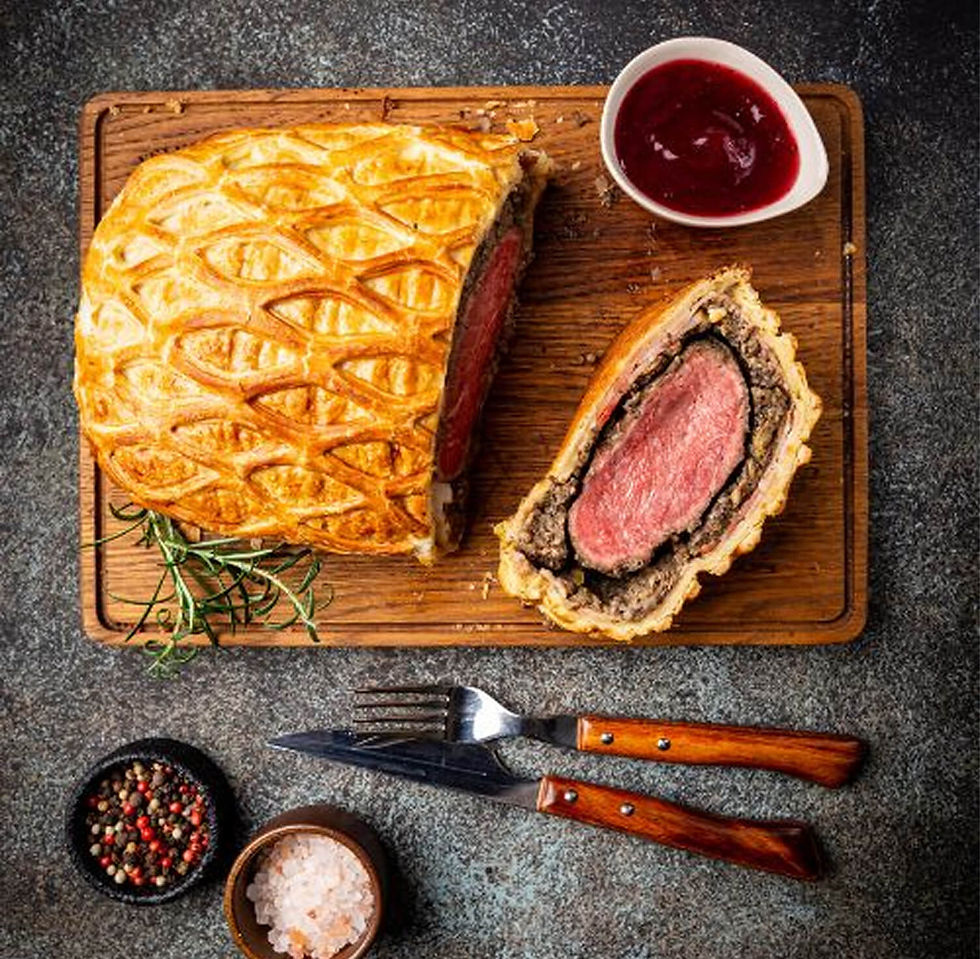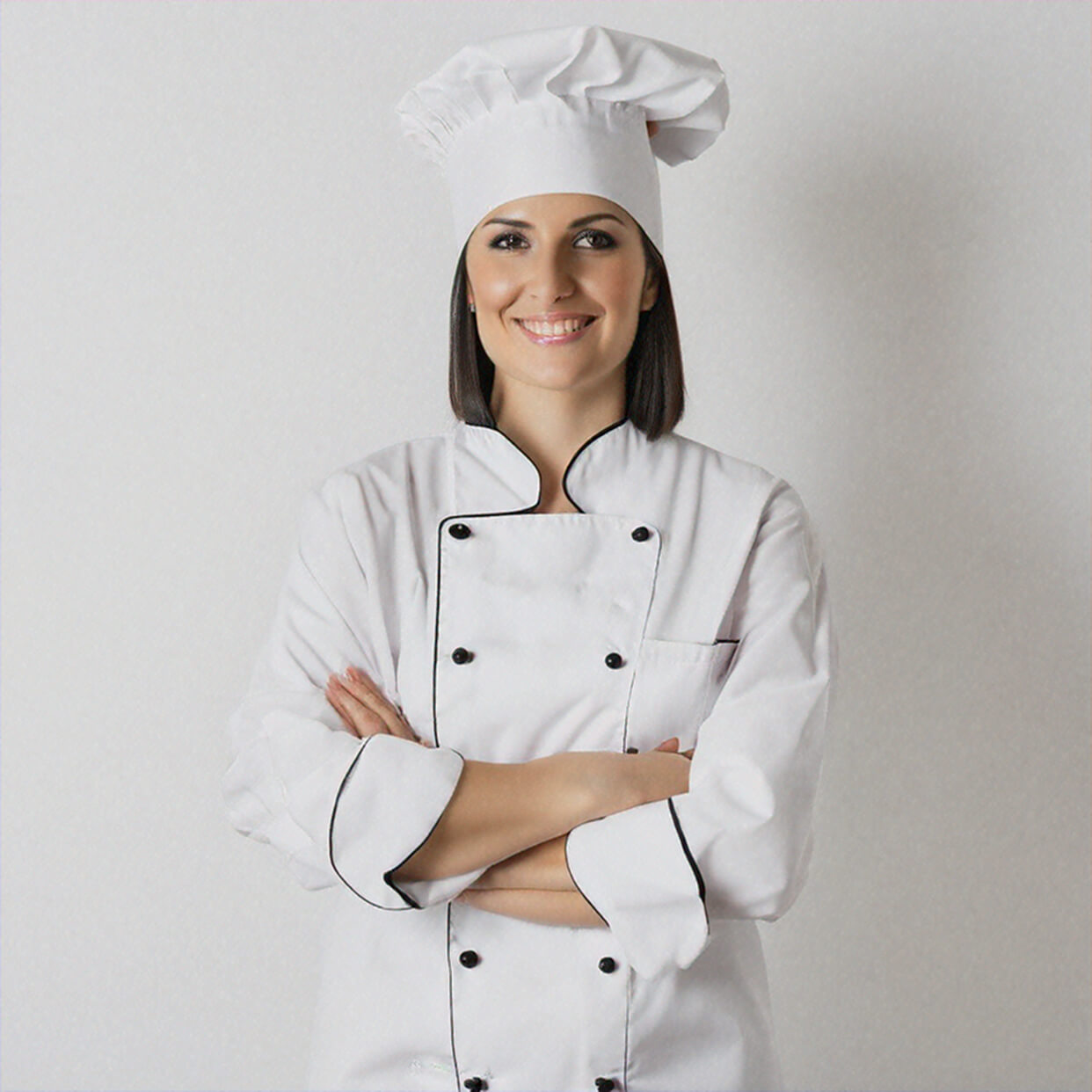The fusion of artificial intelligence (AI) and art has sparked a heated debate: Can machines truly be artists? As AI-generated paintings, music, and poetry appear in galleries, win awards, and sell for staggering prices, the art world is forced to confront this question.
Is AI a revolutionary creative force, or just a sophisticated tool?

Let’s explore how AI creates, what it means for human artists, and whether machines can ever be considered true artists.
How Does AI Create Art?
AI art generators like DALL·E, MidJourney, and Stable Diffusion use deep learning algorithms trained on millions of images, paintings, and photographs. By analyzing patterns, styles, and compositions, these systems generate new works based on text prompts or input data.

But does this count as creativity? Unlike human artists, AI lacks consciousness, emotions, or intent—it doesn’t "feel" inspired. Instead, it remixes existing ideas in novel ways. Some argue this is no different from how human artists learn from past masters, while others insist true art requires lived experience and intentionality.
The Human Role in AI Art
AI doesn’t work in isolation—human input is crucial. Artists curate datasets, fine-tune algorithms, and choose which outputs to showcase. In many cases, AI serves as a collaborator, expanding creative possibilities rather than replacing human creators.

For example:
Refik Anadol uses AI to create immersive data-driven installations.
Obvious, a French collective, sold an AI-generated portrait for $432,500 at Christie’s.
Musicians like Holly Herndon incorporate AI into their compositions.
These examples blur the line between tool and creator, raising questions about authorship. If an AI generates a painting based on a human’s prompt, who is the real artist?
Challenges and Controversies
The rise of AI art hasn’t been without backlash:
Originality & Plagiarism: Since AI trains on existing works, some artists accuse it of stealing styles without credit.
Job Displacement: Will AI make human illustrators, designers, and musicians obsolete?
Ethical Concerns: Should AI-generated art be copyrighted? Who owns it—the programmer, the user, or the machine?
These debates highlight the need for new frameworks to address AI’s role in creativity.
Is AI the Future of Art—Or Just a Tool?
AI is undeniably changing the art world, but whether it can be an artist depends on how we define art itself. If art requires emotion, intention, and human experience, then AI may never truly create—only simulate. But if art is about novelty, beauty, and expression, then AI’s outputs might deserve recognition.

Perhaps the answer lies in collaboration rather than competition. AI can push boundaries, inspire new forms, and assist artists—but it may never replace the depth of human creativity.
What Do You Think?
Can machines be artists? Or are they just advanced brushes in the hands of human creators? Share your thoughts in the comments!







Opmerkingen